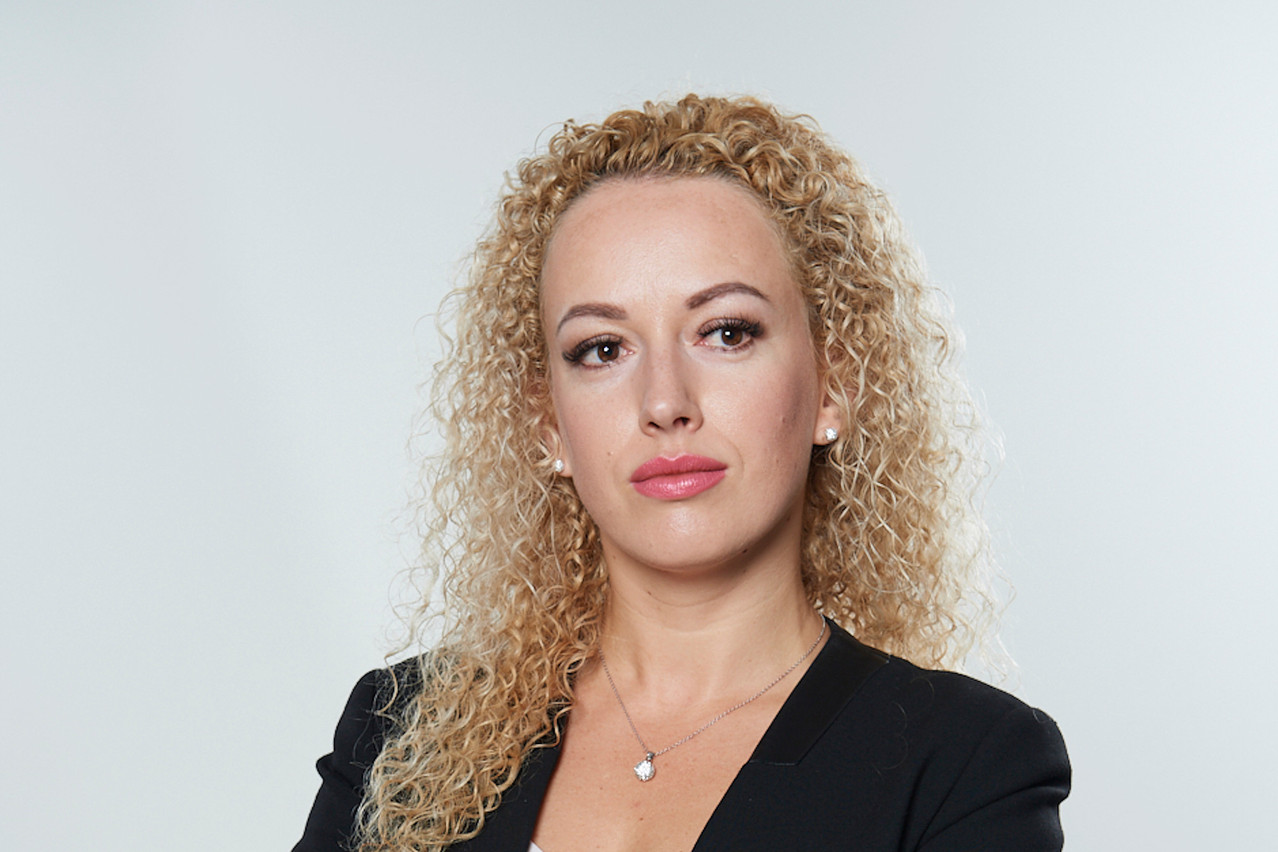What are the top regulatory challenges facing Luxembourg fund firms, in terms of sustainable finance, over the next few years?
The first regulatory challenge, undoubtedly, is the Sustainable Finance Disclosure Regulation, adopted at the end of 2019 and the high-level principle-based requirements of which are applicable as of 10 March 2021. However, the 10 March deadline was just the first step of a long-term sustainable finance journey and of SFDR implementation. Market players will have to deal over the next years with different levels of its implementation steps.
It is important to highlight that, as of now, mandatory transparency disclosures have to be complied with by financial market participants only on a best effort basis, given that the level 2 measures--the so-called regulatory technical standards (RTS) that provide the detailed technical guidelines on how to implement the various requirements in practice--are not yet applicable.
[At the time of writing,] the draft RTS have not yet been endorsed by the European Commission. Initially it was expected that the RTS would be applicable as of 1 January 2022, however, in the beginning of July, the EU commission announced a postponement of SFDR RTS until 1 July 2022.
Are there other regulatory changes coming?
Another tremendous innovation is definitely the EU Taxonomy Regulation. The taxonomy intends to establish a framework to classify environmentally economic activities. The taxonomy is, in principle, a set of rules that is independent from the SFDR. However, for the definition of the environmental aspect, the SFDR refers to the Taxonomy Regulation. The taxonomy also supplements the SFDR and establishes an additional layer of disclosures for the financial products that follow an environmental strategy.
The taxonomy will apply as of 1 January 2022 with regard to the first two environmental objectives, climate change mitigation and climate change adaptation, and as of 1 January 2023 as regards the other environmental objectives.
Why is it important to have this taxonomy?
Because, basically, it helps market players to understand which activities can potentially be considered as environmentally sustainable and which are not, by providing additional criteria and factors, which market participants will have to apply or will use as guidance.
What should Luxembourg fund firms be doing to prepare?
Put in place specific policies and processes to be efficient from an ESG perspective. It is also important to hire staff with expertise in this sector and train [them] as necessary.
Data is of great importance and is a key element in this area. Therefore, financial market participants should use the current interim time to identify and try to collect the required data for reporting, required disclosures, and to put in place workflows and teams to deal with this.
It is nevertheless clear that these rules are here to stay, and that sustainable finance is a long-term trend with significant opportunities for the fund industry. Mitigating the current challenges should therefore be the strategy for fund managers, by getting familiar with the new rules and taking steps to implement them as far as possible. Those that are able to do so in a cost-efficient manner are likely to be those that can benefit from the opportunities in terms of performance, growth of assets under management and reputation that sustainable finance products can bring to those players.
This interview originally appeared in . Be one of the first to read the print edition by today.
